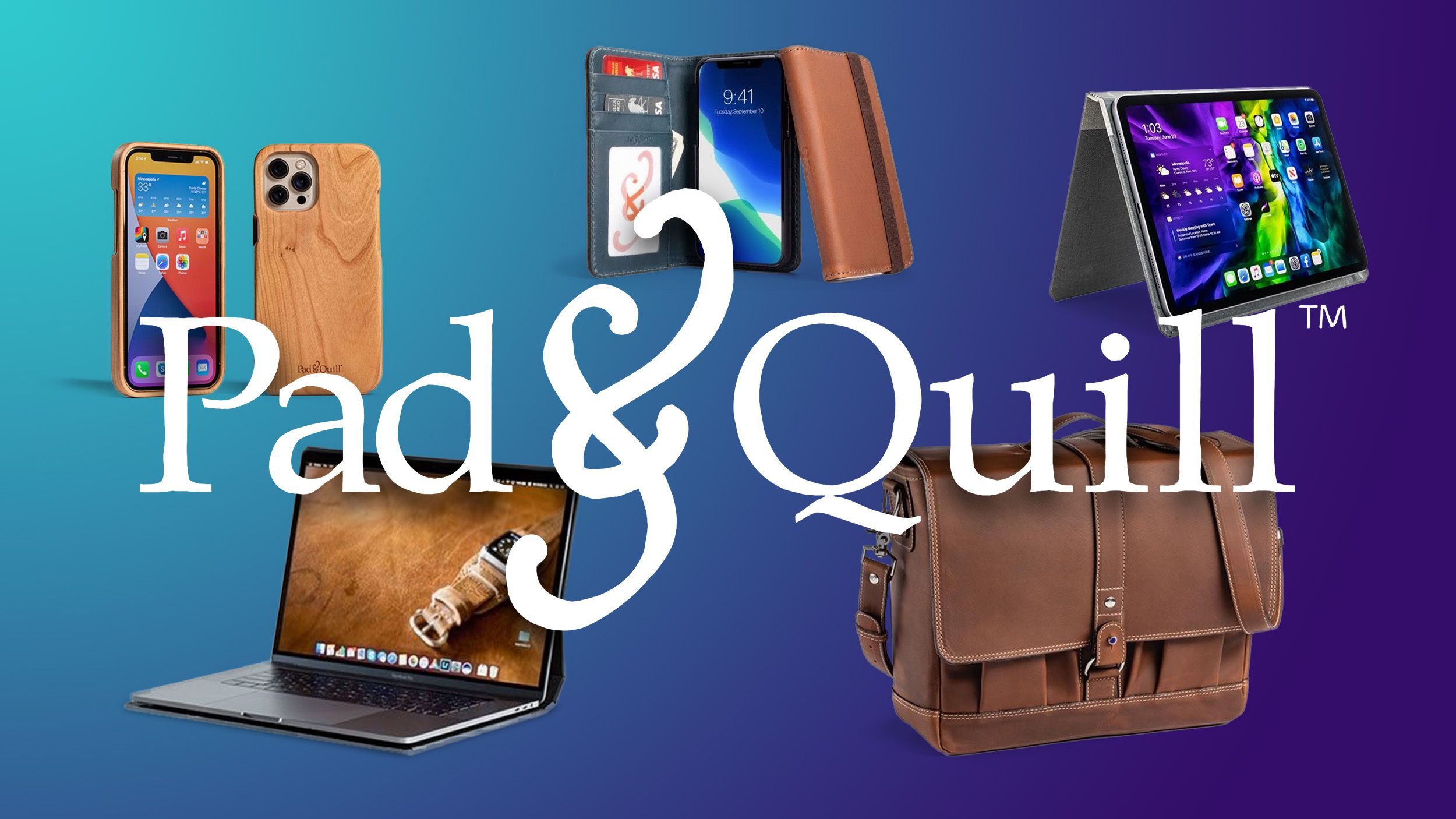In today’s competitive market, maintaining a business can be a daunting challenge. Companies that once thrived can find themselves struggling to stay afloat. One such example is Pad and Quill, a company known for its high-quality leather accessories. Despite their initial success, they eventually faced an unfortunate end. This article explores the reasons behind Pad and Quill’s downfall and provides insights into how other businesses can avoid a similar fate.
Understanding Pad and Quill’s Rise and Fall
The Rise of Pad and Quill
Pad and Quill began with a unique value proposition: handcrafted, high-quality leather accessories designed for tech devices. Their products quickly gained a loyal following due to their durability, aesthetic appeal, and the craftsmanship involved. The brand’s emphasis on quality over quantity resonated with consumers who valued long-lasting, stylish products.
The Downfall: Key Factors
Despite their initial success, several factors contributed to Pad and Quill’s eventual demise. Understanding these factors can provide valuable lessons for other businesses.
- Market Saturation and Competition
- The tech accessories market became increasingly saturated with competitors offering similar products at lower prices. Pad and Quill’s premium pricing strategy, while initially effective, became a hurdle as consumers had more affordable alternatives.
- Failure to Innovate
- Innovation is crucial for sustaining growth in any industry. Pad and Quill’s product line remained relatively stagnant over the years. They failed to introduce new products or update existing ones to keep up with changing consumer preferences and technological advancements.
- Marketing and Brand Awareness
- Effective marketing is essential for maintaining a brand’s presence in the market. Pad and Quill struggled to keep up with the evolving digital marketing landscape. Their reliance on traditional marketing methods limited their reach and engagement with potential customers.
- Customer Experience and Feedback
- Customer feedback is invaluable for any business. Pad and Quill faced criticism regarding their customer service and response times. Addressing customer concerns promptly and effectively can significantly impact a brand’s reputation and customer loyalty.
Lessons to Learn: Avoiding Business Failure
Embrace Innovation and Adaptability
One of the key takeaways from Pad and Quill’s story is the importance of innovation. Businesses must continuously evolve to meet changing market demands and consumer preferences. This can involve:
- Product Diversification
- Expanding the product line to include new, innovative items can attract a broader customer base. Regularly updating existing products to incorporate new features or designs can also keep customers engaged.
- Technological Integration
- Leveraging technology to enhance products or services can set a business apart from competitors. This might include integrating smart features into traditional products or using advanced manufacturing techniques to improve quality.
Invest in Marketing and Brand Awareness
Effective marketing is crucial for any business. Pad and Quill’s struggle to adapt to modern marketing techniques serves as a reminder of the importance of:
- Digital Marketing Strategies
- Utilizing social media, search engine optimization (SEO), and content marketing can significantly increase brand visibility. Engaging with customers through these platforms can also foster a sense of community and loyalty.
- Brand Storytelling
- Sharing the brand’s story and values can create a deeper connection with customers. Highlighting the craftsmanship, quality, and unique aspects of the products can differentiate the brand in a crowded market.
Focus on Customer Experience
Customer satisfaction is paramount for business success. Addressing customer concerns promptly and effectively can prevent negative reviews and enhance brand reputation. Consider the following strategies:
- Responsive Customer Service
- Ensuring that customer inquiries and complaints are handled quickly and efficiently can build trust and loyalty. Providing multiple channels for customer support, such as phone, email, and live chat, can also improve accessibility.
- Feedback Integration
- Actively seeking and integrating customer feedback into product development and service improvements can demonstrate a commitment to customer satisfaction. This can lead to enhanced products and a more loyal customer base.
Financial Management and Sustainability
Effective financial management is crucial for long-term business sustainability. Pad and Quill’s downfall also highlights the importance of:
- Cost Management
- Keeping a close eye on expenses and optimizing operational efficiency can prevent financial strain. This might involve negotiating better terms with suppliers, reducing waste, or automating certain processes.
- Revenue Diversification
- Relying on a single revenue stream can be risky. Exploring additional revenue sources, such as partnerships, collaborations, or new markets, can provide financial stability.
Conclusion
The unfortunate end of Pad and Quill serves as a cautionary tale for businesses in any industry. By understanding the factors that contributed to their downfall and implementing strategies to address these challenges, other businesses can avoid a similar fate. Embracing innovation, investing in marketing, focusing on customer experience, and practicing sound financial management are key components of a successful and sustainable business. Learning from the mistakes of others can pave the way for a more resilient and prosperous future.
